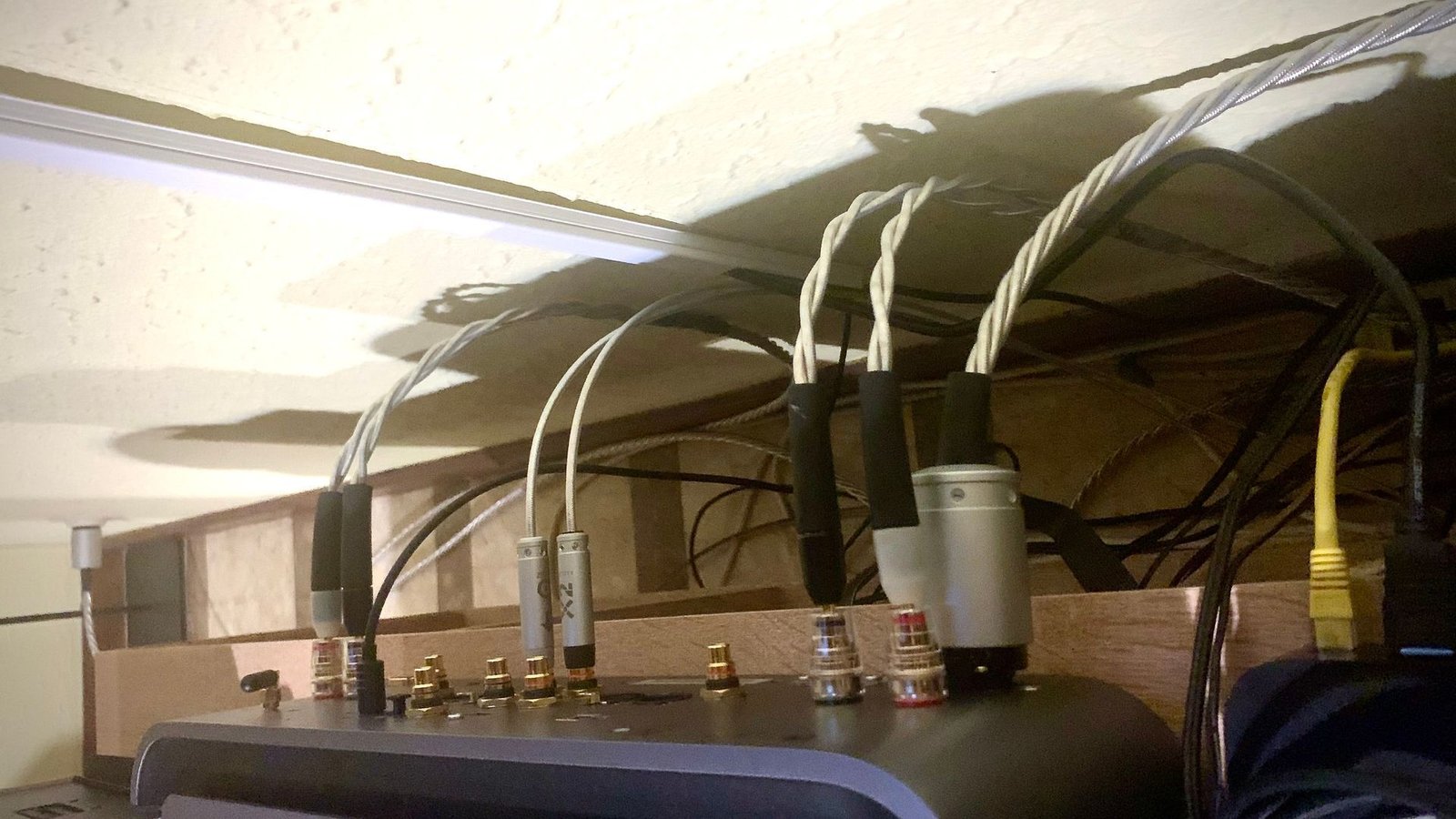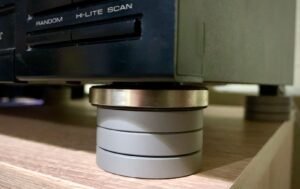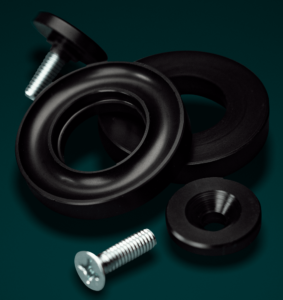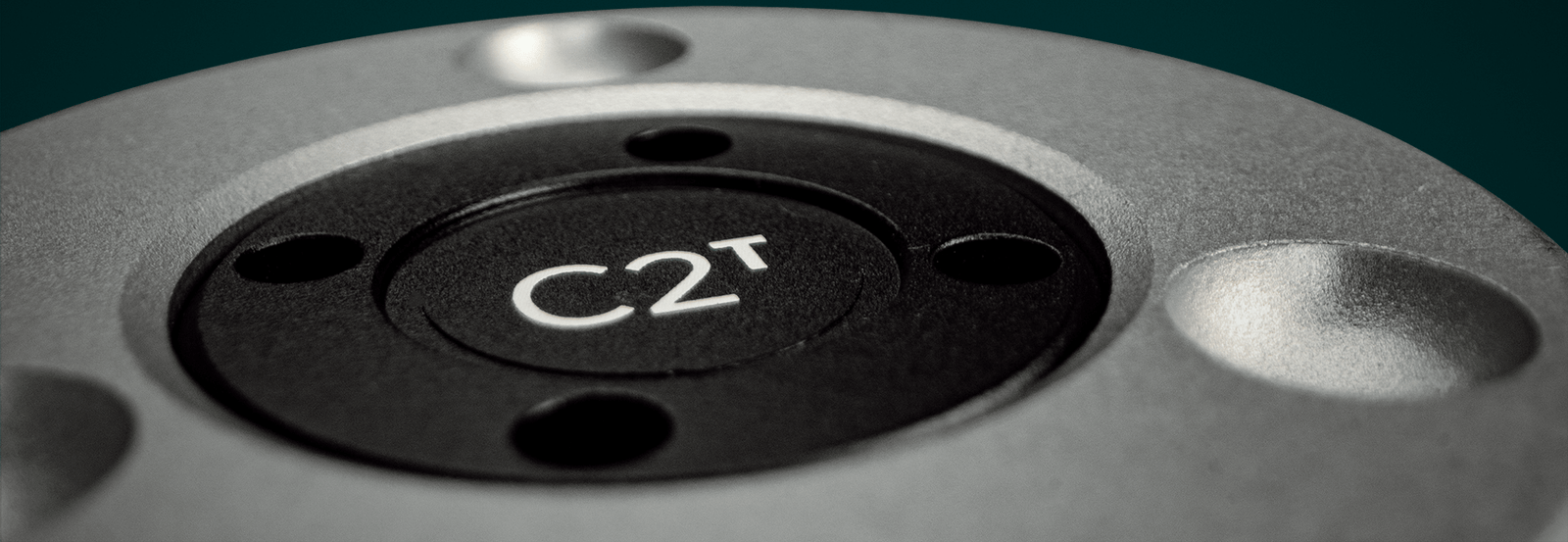According to the Christian World, the first miracle of Jesus Christ was to turn water into wine.
It is known as the Wedding of Cana.
Turning water into wine
“On the third day there was a wedding in Cana of Galilee. Jesus’ mother was there; Jesus and his disciples had also been invited to the wedding. When the wine ran out, the mother of Jesus said to the servants: Do whatever He commands. Jesus said to the servants, Fill the pots with water. And they filled them to the brim. Then He said to them, “Now take a little to the person in charge of the party.” They did so, and the person in charge of the party tasted the water, which had been turned into wine. This miraculous sign, in Cana of Galilee, was the first that Jesus performed. So He revealed his glory, and his disciples believed in him.”
With the advent of social media, one of the narrative categories that gains the most followers is conspiracy theories. Certain evangelizers have realized that the negativist path is the easy way to mess with people’s brains.
Example: Do I want to easily captivate followers? I create a YouTube channel, where I come to “unmask” most of these “evil” manufacturers of high-fidelity stuff.
What is the easiest strategy? Two ways.
First and most obvious, to attack the credibility of accessories. Where in fact there is no shortage of snake oil sellers, especially some small manufacturers in sheds, who in fact do not have the technological capacity or even the knowledge to manufacture accessories with minimal credibility. Living from the gullible.
There are some stories out there, that if they were not so tragic for the damage they brought to the unfortunate who fell into them, they would be hilarious.
And second. What is the easiest way to create sects of followers, if not slander? Unfortunately, it is part of the human essence. Just look at the fastest growing forums and Facebook groups to realize how these things work. In these polluted environments, as in politics for example, who in fact knows, increasingly prefers to keep quiet, instead of participate and be crucified for the audacity to really have knowledge of the facts.
 So, power cables, interconnect cables, power distributors, resonance control systems and harmonizers, among other accessories are usually seen by many as snake oil. Although every single one intervenes in aspects that we all agree are absolutely central to sound reproduction. And in the case of cables, things won’t even work without them.
So, power cables, interconnect cables, power distributors, resonance control systems and harmonizers, among other accessories are usually seen by many as snake oil. Although every single one intervenes in aspects that we all agree are absolutely central to sound reproduction. And in the case of cables, things won’t even work without them.
Months ago in conversation with Rui Pedroso of Autumn Leaf Audio, it went to this subject, and the idea arose of doing a cables review, an always controversial subject, and that would guarantee me the pretext to set the internet on fire, with some ease, and it is from the combustion of the controversy that the algorithms feed. Rui agreed to the review. I agreed to the controversy!
Rui, who took the short end of the stick, personally brought me a ton of material (well, a ton will not have been the case, but it seemed like a ton, not least because we are not exactly neighbours – thank you Rui for your availability. kuddos to you!), he brought several power cables (of 2 different ranges), USB digital cables, RCA and XLR interconnects and speaker cables. 2 different types of power distributors, harmonizers. And 2 types of resonance control decouplers, adjustable in height and without height adjustment. It’s these little feet that I’m going to talk about here, in the first place. The others will follow soon.
 For starters, and to summarize, I’ll do the Pepsi Challenge with anyone, and with any set of speakers, that there is a perfectly audible difference with the use of these small accessories. You don’t believe it? So don’t waste anymore time with this review, it’s not for you!
For starters, and to summarize, I’ll do the Pepsi Challenge with anyone, and with any set of speakers, that there is a perfectly audible difference with the use of these small accessories. You don’t believe it? So don’t waste anymore time with this review, it’s not for you!
That taken care of. And now that we only have open minds, or those that have already been enlightened, let’s get down to business.
The first time I set up the Ansuz Darkz C2T (the non-adjustable ones), under the silicone feet of my monitors, and I had to go out to another room for some reason, when I hurriedly crossed paths with my wife, two divisions later, she asked me what I had done to the sound. I smiled, because I, myself, wasn’t expecting such an impact.
I’ll explain. I had at the time to review a set of Rockstars’ series from M2tech at home, but just as Rui had proposed to me, I first experimented with the less revealing system. So I connected the 1991 Pioneer system, with a direct-import Chinese DAC, and the speaker cables I bought from Amazon. When I say that I was not expecting such an impact on sound, I mean that I really have the notion that it is a system that, although it satisfies me in a certain way, I have the notion of its limitations. This type of accessories in fact has an impact, I had already experienced that, but not in my living room, and in systems many quality steps above this one.
 Yes, I was still picking up the shards of what was left of my skepticism, when I returned to the room and played Björk’s “Jòga”. The scale and impact are confirmed. Suddenly, the musicians looked like they had gone to the gym, just as they played their instruments. Even the Icelandic was on top of her game.
Yes, I was still picking up the shards of what was left of my skepticism, when I returned to the room and played Björk’s “Jòga”. The scale and impact are confirmed. Suddenly, the musicians looked like they had gone to the gym, just as they played their instruments. Even the Icelandic was on top of her game.
Would it have been a miracle? Was I forcing myself to listen to something that wasn’t really there? But then, why did my wife have such spontaneous reaction? Let’s do a double-check.
Let’s remove the decouplers from under the speakers. The impression now is that the musicians hid behind a veil.
One more try.
 I put Ansuz’s feet back, and the musicians return from behind the curtain. And returns the scale and the impact to the music. It makes me wonder why speaker manufacturers do not include solutions of this type on their construction more often. I know I have more than two thousand euros of resonance control under my 450€ speakers. The increase in the cost of incorporating this technology can only be justifiable, in the face of the existing fierce price competition, in speakers from a certain cost upwards, where money tends to lose part of its importance.
I put Ansuz’s feet back, and the musicians return from behind the curtain. And returns the scale and the impact to the music. It makes me wonder why speaker manufacturers do not include solutions of this type on their construction more often. I know I have more than two thousand euros of resonance control under my 450€ speakers. The increase in the cost of incorporating this technology can only be justifiable, in the face of the existing fierce price competition, in speakers from a certain cost upwards, where money tends to lose part of its importance.
In fact, this effect is nothing of a miracle. In an audio system, all components vibrate and resonate, especially the speakers. State-of-the-art audiophile-level electronic components, such as pre-amplification and digital to analog conversion, full of hyper-sensitive electronics, also suffer from the effect of mechanical vibration. Not to mention turntables and CD players. Hence the importance of decoupling hardware from everything that goes on around it. When the resonance control is effective, the gains are seen, or rather, they are heard!
It is frequent and easy for each of us, people who care about how they hear their music, to focus only on the type and quality of the electronic components, whether they are speakers, amplification or sources. The acoustic treatment of the room finally seems to gain the concern of some audiophiles. But it seems to me that the accessories still do not have the attention they deserve, to the detriment of those who close their eyes to the evidence, and do not take advantage of what they bring to the table.
Let’s see.
 In demos of high-end equipment, we have those speakers that make us dream and glide over soundscapes, the imposing impeccably brushed metal amplifier, with that volume button with rotation resistance tuned in Willy Wonka’s chocolate factory, and the deck where the disc lets itself be carefully touched by the needle, instead of banging on the vinyl. Nothing is not left to chance, and it is certain that the cables do not come from Amazon, nor is the equipment connected to a triple wall plug, right?
In demos of high-end equipment, we have those speakers that make us dream and glide over soundscapes, the imposing impeccably brushed metal amplifier, with that volume button with rotation resistance tuned in Willy Wonka’s chocolate factory, and the deck where the disc lets itself be carefully touched by the needle, instead of banging on the vinyl. Nothing is not left to chance, and it is certain that the cables do not come from Amazon, nor is the equipment connected to a triple wall plug, right?
Yes, it is true, that the seller wants to massage our eyes and consumerist eagerness with luxury, exquisite materials and finishes. At least at the same level of the equipment he wants to demo. The level of a system is the same as that of its weaker element. Can you imagine some superlative speakers of hundreds of thousands of euros connected to a 500 euro receiver? Surely they wouldn’t sing with the glow of their full potential. So why do we have to use speaker cables that looks like a ship’s anchor cable? Because surely one’s equal to a lamp wire will not be able to do them justice.
Let’s get back to the little feet.
 Moving parts of audio equipment vibrate, and thus influence everything around. Even electronic devices are not free from this fact. And yes, these vibrations are very very small, but they exist. Performance increases in the inverse proportion of how much we minimize this effect. These Ansuz Darkz dissipate and transform this energy into heat. I’m starting to think that the good sound is where heat is created…
Moving parts of audio equipment vibrate, and thus influence everything around. Even electronic devices are not free from this fact. And yes, these vibrations are very very small, but they exist. Performance increases in the inverse proportion of how much we minimize this effect. These Ansuz Darkz dissipate and transform this energy into heat. I’m starting to think that the good sound is where heat is created…
Each foot is made of three discs and six titanium spheres. The set forms a cylinder. The discs are joined by two concentric aluminum plates, the top one with a concave shape to be able to house speaker spikes. The height is adjustable by an internal thread. There is also the possibility of adding them to speakers with spikes the Ansuz Darkz Feet discs with three additional spheres. Available with 4, 6 or 8mm screws.
The sound.
“The Pros and Cons of Hitch Hiking”, Roger Waters’ first solo album, although himself and many, like me, consider “The Final Cut”, or even “The Wall” already solo works, is one of my favorites since I take music listening seriously. It’s a record that I know like the back of my hands. “4:33 AM (Running Shoes)”. Well, at the time I still did not imagine that I would use a religious theme in the text of this test, I was comfortable using this song. Those who know the lyrics, know that we have a hitch probably at the expense of a green Lamborghini. The girl moans. Eric Clapton’s guitar also moans. Everything is more robust, firmer and cohesive. When we arrive at “4:41 AM (Sexual Revolution), “I awoke in a fever”. Apart from the word play, the truth is that the experience has become more sensory than in any of the previous auditions of this album.
 Waters sounds calmer and more comforting when he is calm, but also more agitated and angry when the livretto describes it.
Waters sounds calmer and more comforting when he is calm, but also more agitated and angry when the livretto describes it.
Now, time for the compilation of the responsibility of the Austrian duo Kruder & Dorfmeister, “G-Stoned Book” (CD+book G-Stone12 019), this time with the Polish valve integrated Fezz Silver Luna: in “Shades” by Walkner-Moestl and “Dubolition” by Kieser-Velten; The modest Borea 03 digs deep, powerful, composed and textured bass
What about composure? To test it I like to turn up the volume until it makes my ears bleed with the “Ride of the Valkyries – Die Walküre” by Richard Wagner, a soundtrack of people with dubious backgrounds. As I needed muscle power, I switched on the Cambridge Audio Edge A integrated amplifier. Imagine the four horsemen of the apocalypse entering the room. But as Teutonic knights that they are, everything is composed and organized. Once again the little Ansuz feet seem to give a little help in the most modest characteristics of the speakers, expanding their best qualities. Anyone who doubts, do the Pepsi Challenge, in the best possible way, in their own home, with their own equipment. These little wonders risk being the surprise of the year. I highly recommend it!
This review went through the first miracle of Jesus. Some of the most negative aspects of Dante’s hell that the social networks can be. The most sexualized part of one of Waters’ best works. And one of the odes to live the “high” life, and the musical excerpt that may have inspired BlitzKrieg. In the musical part, the decouplers had the blessing of being able to turn water into wine. I really like water and drink it every day, but I guarantee that if wine, in addition to the intoxicating effect, similar to that of music, did not carry the potential risks and side effects, I would prefer it every day!
 Resonance control devices, power cables, interconnect cables, USB cables, harmonizers and power distributors gently provided by Autumn Leaf Audio
Resonance control devices, power cables, interconnect cables, USB cables, harmonizers and power distributors gently provided by Autumn Leaf Audio
Equipment in this review:
-
- Resonance control devices > Ansuz Darkz e Ansuz Darkz Feet
-
- power cables > Ansuz Mainz P2 e Ansuz Mainz X2
-
- power distributors > Ansuz Mainz 8 X e Ansuz Mainz 8 X-TC
-
- harmonizers > Ansuz Sparkz
-
- USB, RCA & XLR interconnect cables > Ansuz Signalz X2/Digitalz X2
-
- Integrated amps > Cambridge Audio Edge A, Fezz Audio Silver Luna Prestige Evolution e Pioneer DC-Z73
-
- Power amp + pre-amp/DAC/HeadAmp + Power Supply > M2tech Rockstars series
-
- CD Player > Pioneer PD-Z74T
-
- Monitor speakers > Triangle Borea 03
-
- Headphones > Meze Empyrean Elite, Meze 99 Classics e Sennheiser HD206
